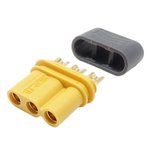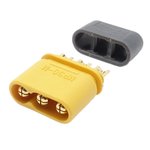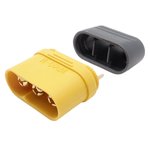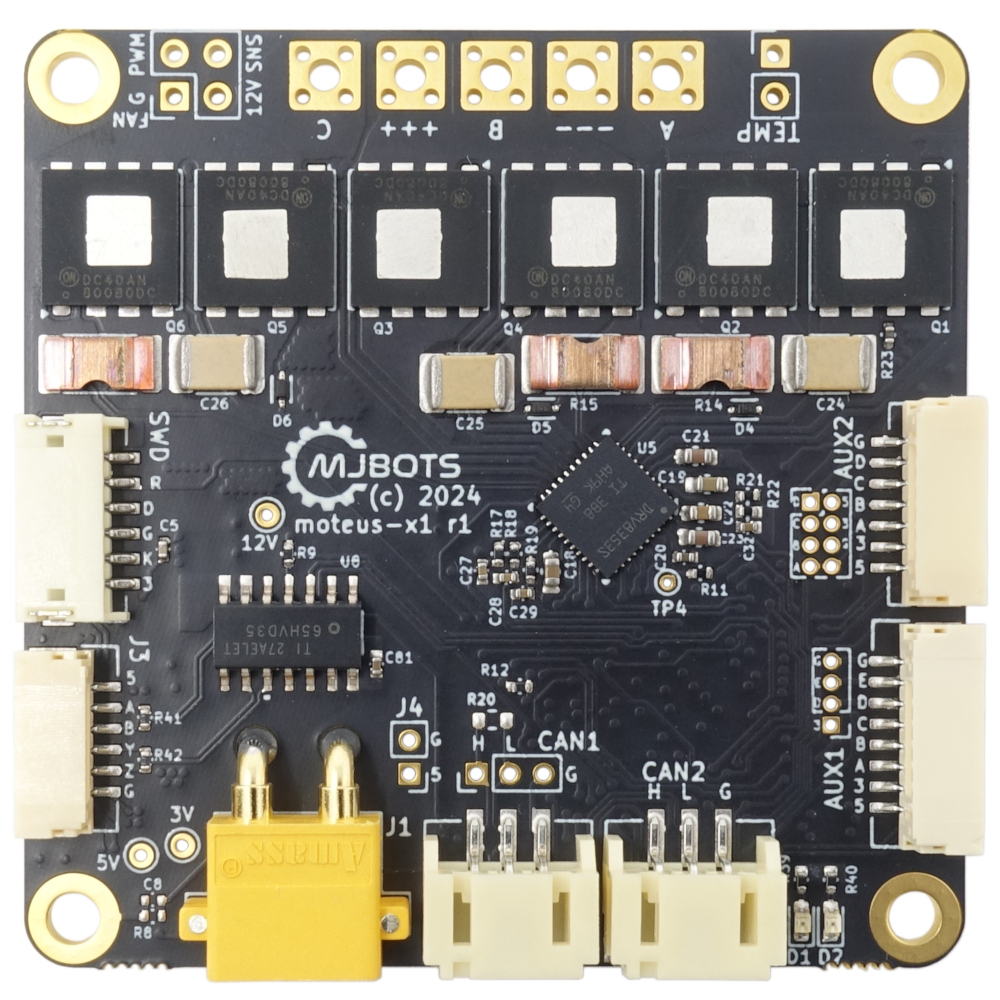Moteus performance analysis tool
Recently I showed I was able to use the new dynamometer fixture I built to capture detailed thermal modeling parameters for motor controllers and motors. In this post, I’ll describe how I turned that into the initial version of a tool that lets you compare the performance of different moteus controllers (and some others), along with different motors, to help design an overall motion system.
TLDR: Try it out: Moteus Performance Analysis Tool





